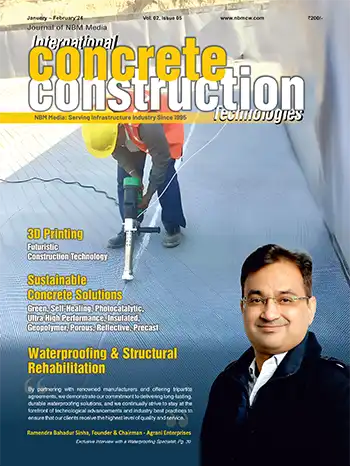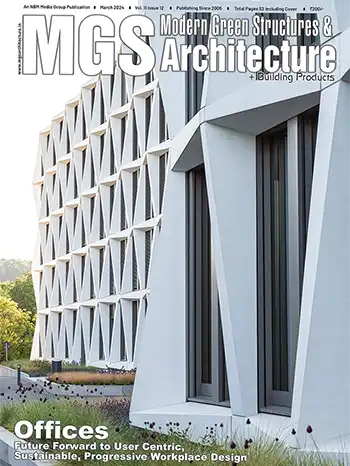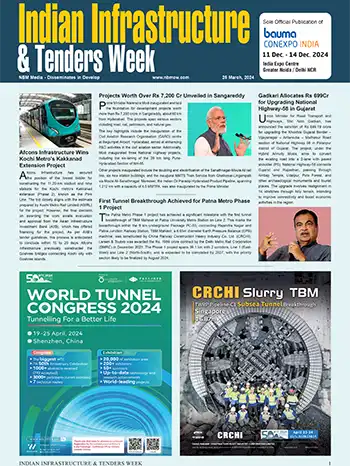Dextra Group
Established in 1983 by French expatriate entrepreneurs, the Dextra Group has a long history of growth and development, driven by strong entrepreneurship and innovation. It has diversified into three main activities: manufacturing, trading and freight forwarding, all within the construction and industrial sectors.
Today, Dextra Group employs over 900 people worldwide, and has a commercial presence in 55 countries through a network of direct subsidiaries and long-term partners. It has been involved in more than 10,000 major construction and industrial projects worldwide, which has given the company vast global experience and expertise.
Dextra owns and operates 3 major industrial sites located in Bangkok (Thailand), Guangzhou (China) and in Mumbai (India). The company follows complete quality control standards for its products along with strict adherence to the production timelines.
Major product segments
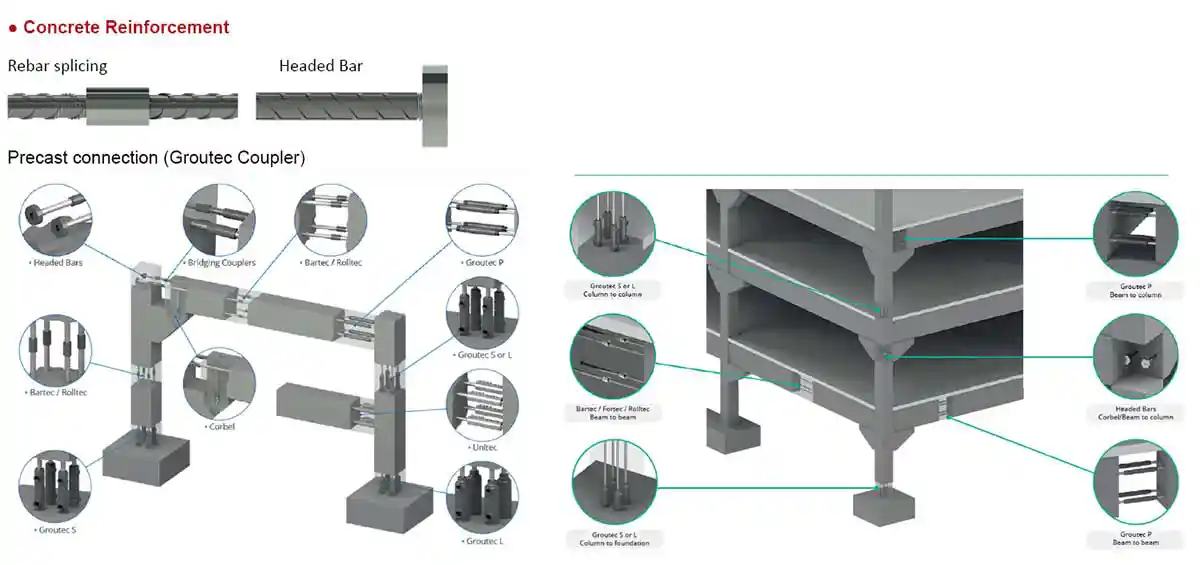
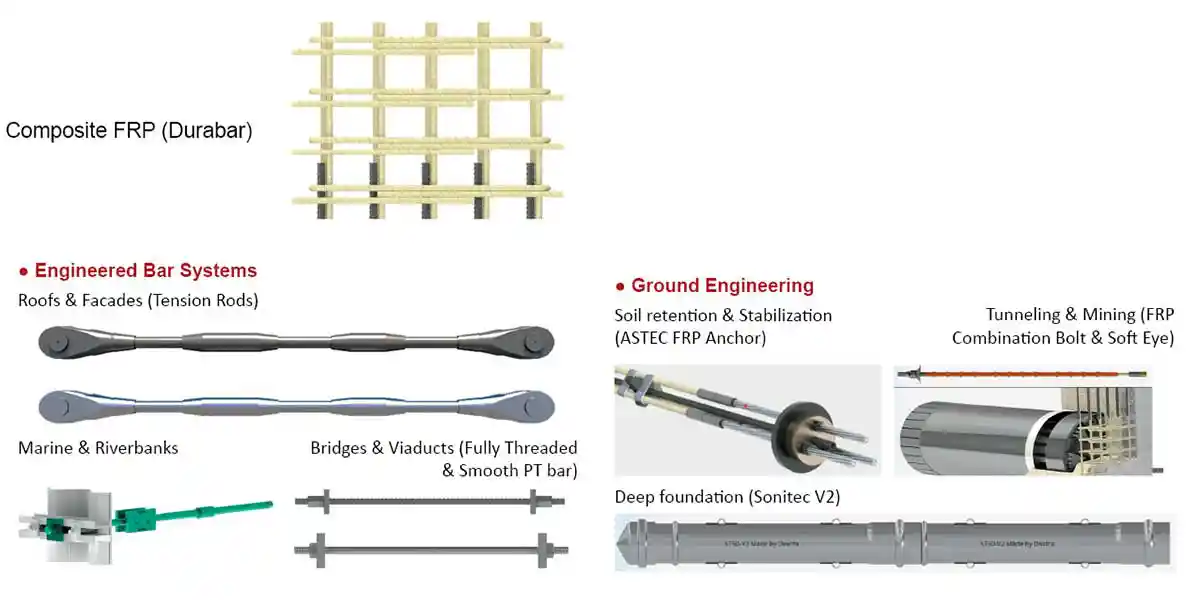
Quality
Dextra Group’s quality management systems meet the highest certification standards existing worldwide, thanks to its dedicated team of professionals, and regular audits by third parties.
Project Engineering
Over the years, Dextra has provided not only standard “off the shelf” solutions, but also many customized and optimized solutions to meet specific project or customer requirements. Its engineering teams guide customers through the selection of the optimum solution (eg. product characteristics, dimensions, performance, installation etc). The teams can also provide complete project drawings for customer’s consideration.
CAD & BIM support
For consultants and designers looking to integrate Dextra’s solutions in their construction drawings, Dextra’s BIM team offers software tools for Tekla Structures, Revit 2017 and AutoCAD. Beyond just blocks and drawings, Dextra’s BIM components include smart attributes which guide the user through the whole process in a quick and effective way.
Today, Dextra Group employs over 900 people worldwide, and has a commercial presence in 55 countries through a network of direct subsidiaries and long-term partners. It has been involved in more than 10,000 major construction and industrial projects worldwide, which has given the company vast global experience and expertise.
Dextra owns and operates 3 major industrial sites located in Bangkok (Thailand), Guangzhou (China) and in Mumbai (India). The company follows complete quality control standards for its products along with strict adherence to the production timelines.
Major product segments


Quality
Dextra Group’s quality management systems meet the highest certification standards existing worldwide, thanks to its dedicated team of professionals, and regular audits by third parties.
Project Engineering
Over the years, Dextra has provided not only standard “off the shelf” solutions, but also many customized and optimized solutions to meet specific project or customer requirements. Its engineering teams guide customers through the selection of the optimum solution (eg. product characteristics, dimensions, performance, installation etc). The teams can also provide complete project drawings for customer’s consideration.
CAD & BIM support
For consultants and designers looking to integrate Dextra’s solutions in their construction drawings, Dextra’s BIM team offers software tools for Tekla Structures, Revit 2017 and AutoCAD. Beyond just blocks and drawings, Dextra’s BIM components include smart attributes which guide the user through the whole process in a quick and effective way.
Concrete Construction April - May 2022















